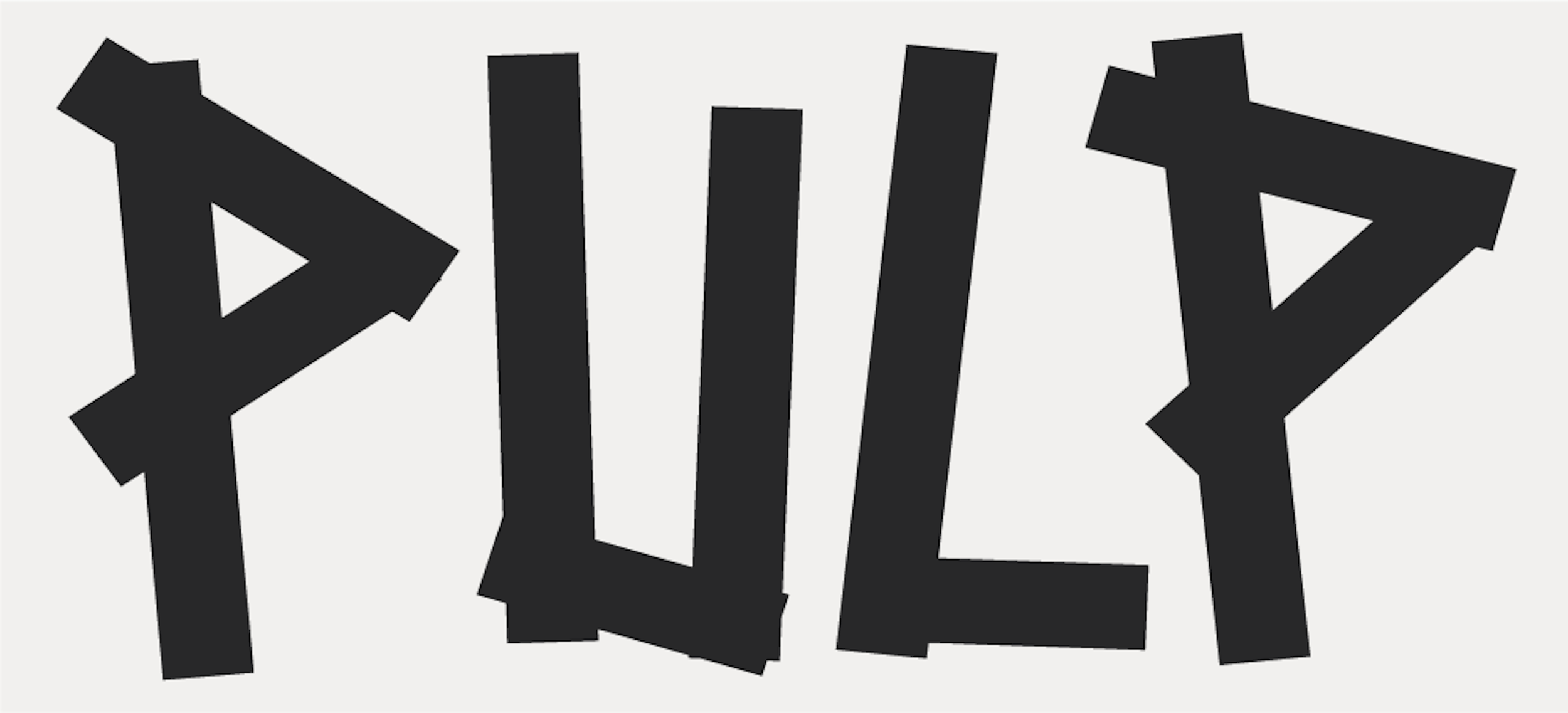COVID-19, modern slavery in the garment industry and the companies that profit: how things have gone from bad to worse
The Secretary and President of the USyd Fashion Revolution, Anja Ivkovic and Aya Richardson, explain how COVID-19 has exacerbated the exploitation of workers in the ready-made garment industry.
COVID Hits the Garment Industry
Alongside millions of other garment workers around the world, new parents Keya Khatun and Sharif Hossain both lost their jobs due to COVID-19 related factory closures. Their wages withheld, the couple found themselves unable to pay the hospital bill for the birth of their baby. In these desperate circumstances, Keya and Sharif sold their newborn child.
The onset of the pandemic highlighted and exacerbated numerous pre-existing inequalities and injustices around the world. In Bangladesh, where Keya and Sharif live, almost 4.5 million garment workers are all too familiar with this reality. According to Fashion Revolution Australia, estimates suggest that in March 2020 around US$1.44 billion worth of payments for clothes made in Bangladesh were either cancelled or withheld by brands. Together with the closure of factories, this left millions of garment workers in the country facing increased financial instability.
Pressure of an economic downturn saw the reopening of factories in April 2020. While this allowed many to go back to work, this hasty reopening served only to further highlight the exploitative nature of the garment industry, in which profits are consistently prioritised over workers’ wellbeing.
As labour conditions worsen for Bangladeshi garment workers, what is already an extremely exploitative industry is buckling under the weight of disaster capitalism. Academics and human rights experts alike say that the degredation of workers’ rights in such circumstances is a telling sign that the industry is headed towards a form of modern slavery.
The ready-made garment industry is headed towards modern slavery
Numerous key issues within the ready-made garment (RMG) industry have been highlighted by the COVID-19 pandemic, including that of income and food insecurity, health concerns and gender-based violence. Garment workers who are still employed remain subject to the ever-present threat of income insecurity, with some workers reporting they have not been paid for two or more months at a time. In factories, health concerns include lack of access to PPE, restrictive working conditions and malnutrition, alongside exposure to COVID-19 as factories become hotspots for virus transmission.
Women workers have also been hit disproportionately. Eighty percent of Bangladesh’s RMG industry are women and most of these will have faced increasingly unsafe and exploitative conditions during the pandemic. Harassment and sexual violence has increased in domestic settings during lockdown and in factories upon reopenings, and a lack of stable or regular work has seen many women report a loss of decision-making power at home.
The combination of these factors raises concerns over whether the RMG industry is relying on modern slavery to operate. Modern slavery is an umbrella term that refers to various forms of labour exploitation. Common to these is, “dishonouring and degrading people through violent coercion of their labour activity in conditions that dehumanise them and violate their human rights.” Considering the sorts of issues that the pandemic has exacerbated within the RMG industry, these concerns should be taken seriously, particularly as they pertain to women workers.
The Profiteers
Modern slavery does not just emerge of its own free will of course. Big brands profit from the exploitation of these workers whilst also avoiding responsibility for the Covid fallout. Brands consistently put profits over the well-being of their workers, a trend that has not only continued but worsened during the pandemic. A report published by Fashion Checker in 2020 found that 93% of brands surveyed, including Adidas, H&M and Gap, failed to pay their workers a living wage.
Garment workers are still owed US$11.8 billion they lost during the pandemic as a result of unpaid wages and severance entitlements. Fewer than 10% of major fashion brands have publicly committed to paying their suppliers within 60 days. Garment workers pay the price whilst it’s not uncommon for consumers to be wearing clothes before brands have even paid the factories where they were made.
Who Made My Clothes?
COVID-19 has highlighted the extremely coercive nature of the RMG industry and exposed the trend towards modern slavery. As factories and brands push their workers to the extreme, we are left to question “Who Made My Clothes?”.
With this simple tagline, Fashion Revolution has inspired consumers to put pressure on brands to hold themselves accountable and increase transparency. Keya and Sharif’s story emphasises why now more than ever it is imperative that we question “Who Made My Clothes?”.
To find out more and join the movement for a more sustainable garment industry check out Fashion Revolution and ActionAid Australia. To join the movement on campus, find USyd Fashion Revolution on social media (@usydfashionrevolution)
